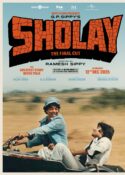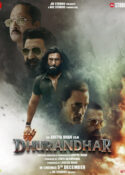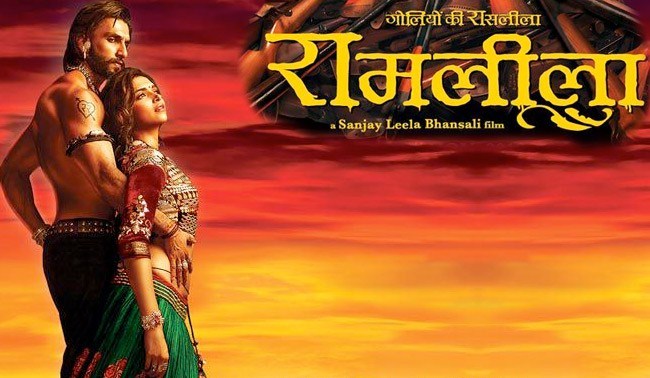 To bring Romeo and Juliet to life in true Bhansali style in Goliyon Ki Rasleela: Ram-leela (Ram-leela), ace director Sanjay Leela Bhansali entrusted the task to the writing duo of Siddharth-Garima. Not only did they take the Shakespearean epic romance from the 1500s and translate it to today, they also brought it to Gujurat and set it in a violent world of guns. In the process they created their own incredible epic story. What is even more incredible is that this is their first feature film! The film, which stars Ranveer Singh and Deepika Padukone, released last week to rave reviews! In fact, our reviewer Pooja Rao stated, “SLB along with co-screenplay writers Garima and Sidharth take the famed love tale and adapt it ingeniously, toning it to Indian context. Consuming, thoroughly entertaining, with little unexpected surprises and twists that keep you engaged for most part of it, Ram-Leela is well worth a watch.”
To bring Romeo and Juliet to life in true Bhansali style in Goliyon Ki Rasleela: Ram-leela (Ram-leela), ace director Sanjay Leela Bhansali entrusted the task to the writing duo of Siddharth-Garima. Not only did they take the Shakespearean epic romance from the 1500s and translate it to today, they also brought it to Gujurat and set it in a violent world of guns. In the process they created their own incredible epic story. What is even more incredible is that this is their first feature film! The film, which stars Ranveer Singh and Deepika Padukone, released last week to rave reviews! In fact, our reviewer Pooja Rao stated, “SLB along with co-screenplay writers Garima and Sidharth take the famed love tale and adapt it ingeniously, toning it to Indian context. Consuming, thoroughly entertaining, with little unexpected surprises and twists that keep you engaged for most part of it, Ram-Leela is well worth a watch.”
We were lucky enough to be granted an interview with Siddharth-Garima about the film and knew, being writers, to expect wonderful answers but what we got was so much more. Take an in-depth look into the creation of the script and dialogues of Ram-leela from Siddharth-Garima and see what went into the magic of Ram and Leela’s tragic romance! It is fascinating!
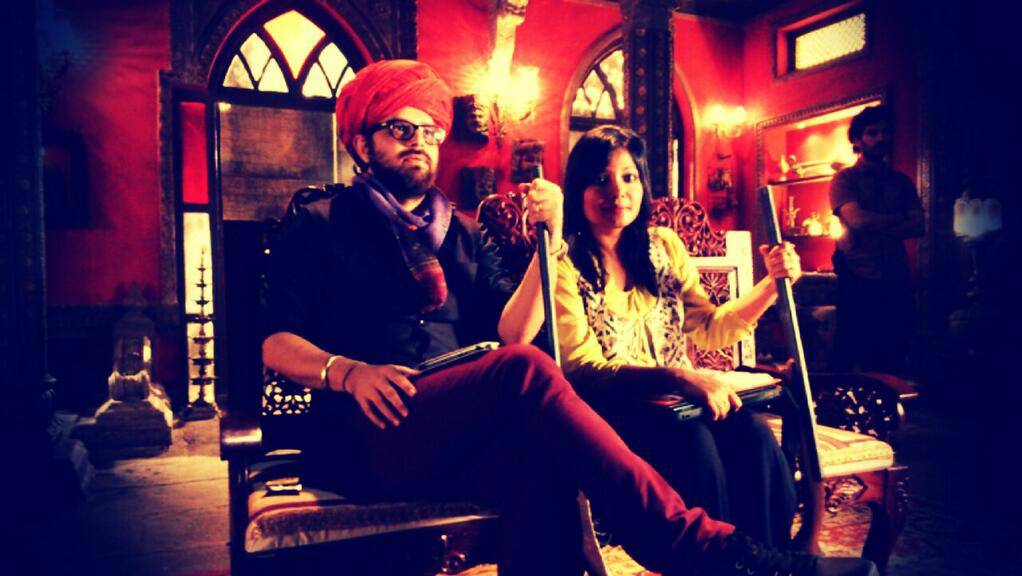
What was the first reaction when you heard the idea of Ram-Leela?
Sanjay sir works on instinct. And he lets you take your own decisions. So when we first met him at his modest house in Juhu, CEO Sandeep Singh gave us three options. Both of us (Siddharth-Garima) instantly chose the one that comes naturally to us – ‘A raw passionate love story, set in a violent world of guns’. It’s a world visualized often by Baz Luhrman, seldom by any Indian Film-maker. Our “trigger happy” excitement is quiet evident in the film we feel.
Tell us about the collaboration with Sanjay Leela Bhansali and how that works.
So where to begin this one. We hit it off the day we met. We spoke about the then released Delhi Belly and other films in general. He’s one of the few directors who surrenders himself fully to the film. And he expects each one of his crew member (including actors) to do the same. the ones who do that, last till the end of the project. We collaborated with him on the costume, the recces, the shoot days, the edit, and even the subtitling and post production. So we fought, hugged, abused, got angry, laughed, agreed, then disagreed, also argued and made up. It was an association like no other. Volatile, just like the film.
Why do you think was this a film and story that had to be told?
It’s a story that was told by Shakespeare. Like all his works, this is everlasting. Because ‘love’ is everlasting. We don’t realize the power of love till we experience it. More such stories need to be told to make this world a better place. It’s a classic story where hate kills love-love kills hate. And the cycle goes on. Love lives on.
What was the initial brief for Ram-Leela and what was the thought process that went into writing the dialogues?
The initial brief was – “Forget my body of work. Forget that I make lyrical films. It’s a violent story, so write what you think is right for it.” So we stuck to the brief, so to say. The film has a rustic backdrop, a village where guns are sold like vegetables, so the dialogue had to be raw. After the initial screenplay draft was ready, we were sent to Gujarat for research. There we picked up the dialect, the slang and the accent. We tried to keep the dialogue in a real space. The humor and depth within us reflects onto the writing.
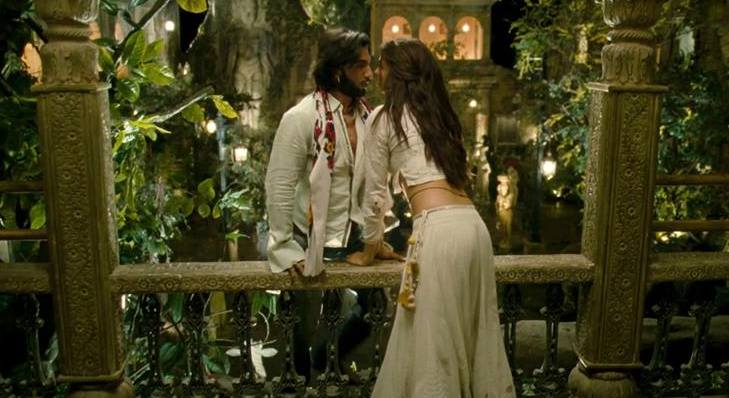
It is based on Shakespeare’s Romeo and Juliet with its distinct speech patterns and the rhyming couplets, so how did you decide to use those in Ram-leela and was it difficult?
You know simple things are the most complex to write. The tone was natural and simple, hence difficult. People remember Romeo and Juliet as a tragedy. Because the tragic end sort of overshadows the innuendo and humor of the initial acts. The nurse and her twang, then Mercutio’s cutting edge humor is something that appealed to us as much as Romeo&Juliet’s poetic verses. Also it’s the language Hindi, that lets you incorporate various styles freely. Like “What’s in a name” becomes – “Gulab ko pulao bulaate toh kya kha lete? Naam mein kya rakha hai”.
Also how did you decide what was essential from the Romeo and Juliet original, and how did you change/adapt those elements to suit Gujurati setting?
A story like Romeo and Juliet will always remain relatable and fresh. The treatment and the rendition might change but the essence will always work. Be it Gujrati, Bengali or Marathi for that matter. The story of Ram-Leela, like Romeo and Juliet can be adapted into any language and the sanctity of love will remain intact. We and Sanjay sir were very clear about the physicality of Ram and Leela. Because for an Indian audience it might seem strange but that’s how lovers are. Even in Romeo and Juliet they make love the same night as Romeo kills Juliet’s cousin. We don’t question that, for we know the purity of love. And though adapted very differently, the essence that Romeo and Juliet just meet 2-3 times and die for each other, remains the same. Also the first half is adapted straight, but the second half is where we have taken just a leaf off the original. The thought that Juliet consumes the death potion, Leela takes over the responsibility of her clan. That’s her poison. Romeo pierces a knife, Ram becomes the don for his clan, the pain is the same.
What sort of research did you do, not only for the setting but for the characters?
We were sent to Gujarat for over a month, without any particular plan. It was the first time that either of us went to Gujarat. So the absorption was much higher. We travelled the barren landscape (also the beaches, oh and the banni grasslands too), interacted with the locals, visited the Garba functions, spoke to the daak raas performers. We picked up names of characters like Kanjibhai, Meghjibhai, Vanka, Velji, Manga etc. from all over. The trip just added a layer in our minds which really helped the screenplay. Neither of us is a Gujarati but both of us fully understand it now (and speak a little too).
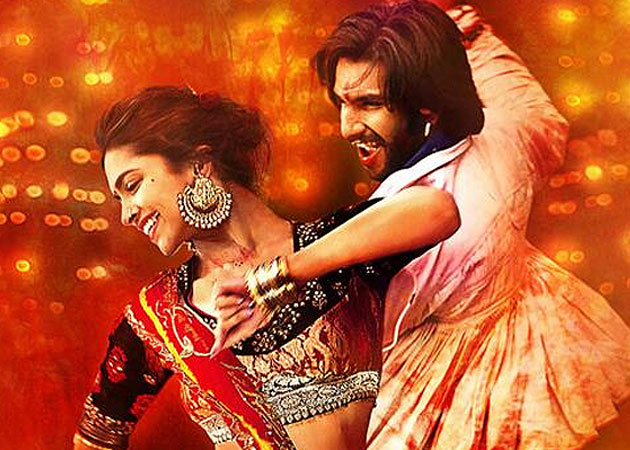
What was the kind of research that went into understanding the dialect or phrases or slangs of the region the movie is based in (i.e. Gujarat).
Luckily for us Gujarati is a very lyrical language. Even the simple things they say sound melodic and we are sure the original script is Raag based! Jokes apart, it fit beautifully. When we had gone to Gujarat for research, we bought a lot of CDs. Gujrati dandiya mix, Gujrati dohas and chhands, a love story called Jesal Thoral, to name a few. Initially they all sounded similar but then we discovered the deep-rooted traditional quality to it. The relevance of the peacock, the legends around it, and the metaphorical reason for the place to be so barren yet green. It’s all in the music, the dance, the festivities and the dialect of Gujarat.
How much say did you have in actors for the characters and did you have these in mind when writing the script?
We had full say. These characters were a result of our research and brain-storming. Sanjay sir gave us full freedom and he let us create. We were a part of all the actor auditions. The ones we recommended were sent to Sanjay sir. Then we narrated the script to each and every actor before signing them on. Even on the sets, we did repeated dialogue readings for each and every scene. We had a strong say in every change (small or big). Sanjay sir never changed anything without consulting us. He had his full faith in us. He’s a visionary who knows and understands that a writers’ conviction is very important for anything.
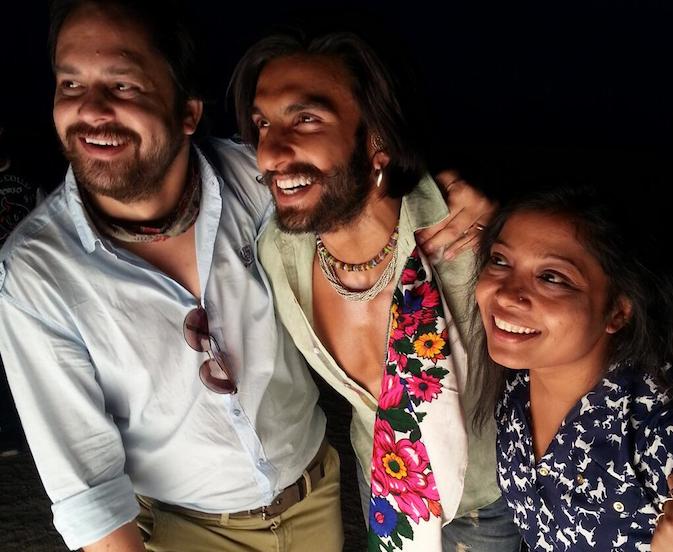
When you write the the screenplay or more importantly the dialogues, would it differently done depending on who would be enacting the said role?
Not really. Having said ‘Not really’ with great confidence we would say a film script is like a bus on a tour. It will have multiple passengers, many stop overs and one final destination. The dialogue is something that’s always fluid. Be it any language, the same thing can be said in multiple ways. So what becomes important is the essence. ‘What’ needs to be said cannot change, ‘How’ it is said is open. It is changed to suit the ability, the comfort-level, the natural speech pattern of the person playing that particular character. Ranvir and Deepika played it to the T and Supriyaji immortalized Dhankor. Even the secondary cast emerged really strong.
Which sequence or part of the movie was the most exciting and the most difficult to write the dialogues for?
The crackling chemistry. Though it comes naturally to us, but that’s when the tendency is to overdo it arises. The parts where Ram and Leela are together were the most interesting and challenging for us. No two scenes of them together are similar. That one particular scene where they meet as dons was very, very exciting. When we had first narrated the scene to Sanjay sir in front of the whole crew, he stood up and clapped. The last scene between them too. Humor and depth together is always difficult and exciting to crack.
The script is laced with sexual innuendos. Was that something that you intentionally included to emphasize the sexual attraction between Ram and Leela? What was the trick to putting them across with correct and safe humor?
For an Indian audience, sex is still a taboo. At the same time we would like to say that we are the second most populated country in the world. Clearly we are having more fun than the rest of the world. In this case, since we were adapting Romeo and Juliet, the sexual innuendo becomes natural. Both Ram and Leela are like any normal youth of the village. Their hormones are gushing and randy talk comes automatically. We feel humor is the key. A person with a great sense of humor can get away with even abusing you. So the trick lied in the humor between the two. Similarly for all the secondary characters.
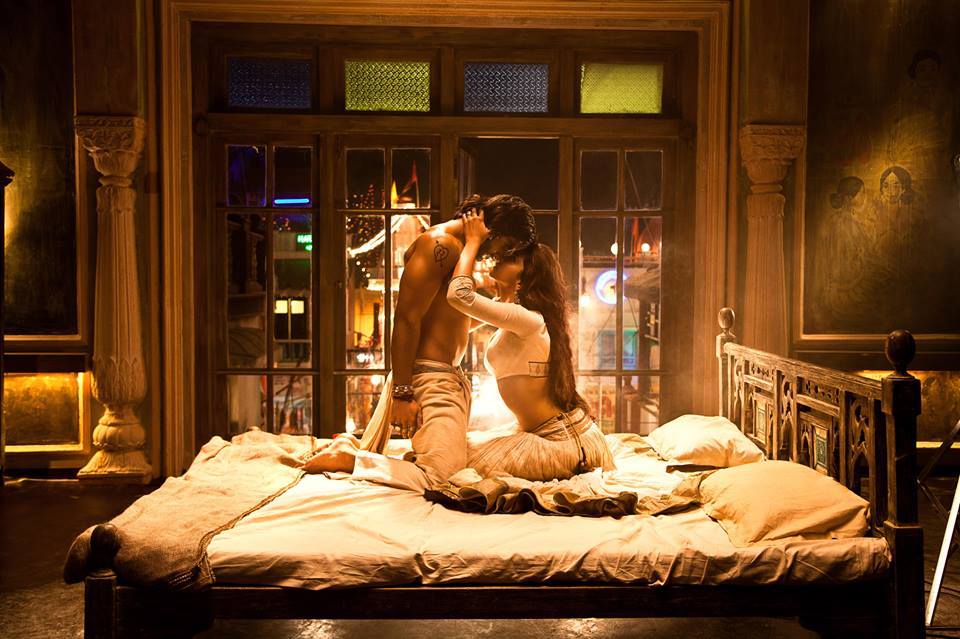
Did it worry you at any point that the censors or audience might find some of the dialogues objectionable and bold. Do you think the audience has matured to handle such content?
You have to constantly push the envelope. That’s what we believe in. We knew from day one that our film wont get a U certificate from the censors. We had to make sure that it didn’t get an A either. The film was originally shot with much more ‘objectionable’ (from the censor point of view) dialogue. We had to tone it down. But we feel its time we, as a society, shed our inhibitions and come out in the open. No film motivates one to abuse or commit crime. That happens anyway. And our audience is smart enough to understand that.
Did the prevalence of guns prove to be complication or concern when today’s society holds the image portrayed to modern day youth under the microscope.
The films and the cinema is a reflection of the society. But we confuse it to be the other way round. The themes, central ideas, plots used in cinema are derived from the society. If the message to be communicated is that – Don’t use a gun then sadly the communication method needs to involve a gun. Yes, we stop our kids to play with toy guns as it creates a certain psychology but what we end up doing is mostly our upbringing, not a consequence or influence of cinema. Guns are used but the message is correctly put across by Ram in wrong english – Make a love, not a war.
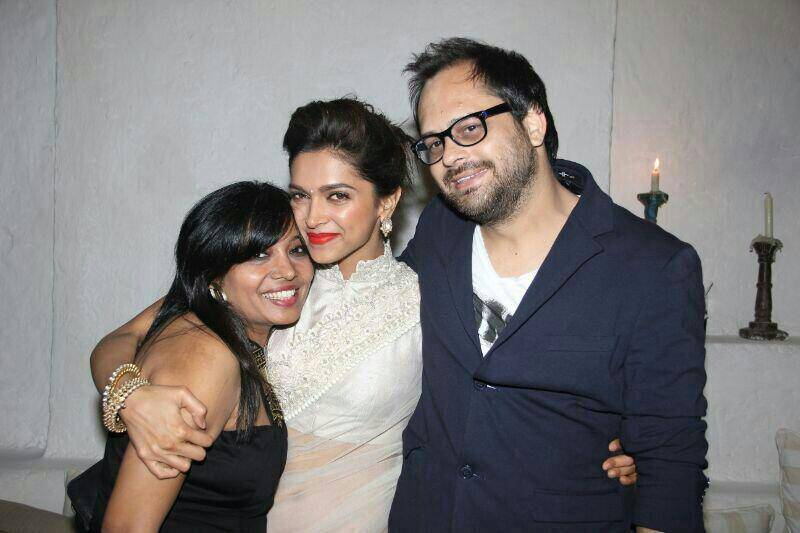
Do you draw references or influences for characters or dialogues from people in real life or lines you’ve heard around you?
I think that’s quiet an obvious thing to do for any writer. Like one particular scene in the film where Dhankor is reading a paper while Vanka sits sipping tea. A masseuse presses her feet and she says “Haddi mat daba” (Don’t press the bone). This particular line is inspired by a real-life incident with Sanjay sir. When hesitantly we read out the scene to him he was like – “How cheap are you guys?”
But it’s very exciting to create characters and their mannerisms by using your imagination. Then its a free world, with no rules. An inspiration on the other hand creates a boundary line that you cannot cross.
What’s the hardest thing about writing? How do you overcome it?
Monotony. Of the same place, same laptop/book/paper, of going through the same arc of brain-storming, discussing and then finalizing. You have to break this. By changing the place almost everyday. Experiment with the process every now and then. That’s the physical monotony. The second most difficult thing is detachment. One should not attach oneself to the product you create. Because there’s always and always more scope for creation. Better or may be worse but there’s always one more idea. It’s difficult to be open.
What was the reason for Leela being the choice for the next Baa, instead of Rasila, who was shown to guiding Leela and in a position of power over Bhavani.
It’s sort of a patriarchal norm in Indian villages. Since this particular Sanera family was always ruled by women (like Dhankor), they didn’t follow the patriarchal pattern. Its always the same blood relative who inherits the lineage. Hence Leela was the obvious choice. Like Rasila explains it also in the film that its better if Leela took over, or else Bhavani would cause more violence.
Seeing your words come to life on screen in a Bhansali film what is that like?
Oh, it was a dream come true. He’s a living legend. And the fact that he makes ‘lyrical’ films is proof enough as to how important the lyric or the written word is for him. It was a great experience working with a man who understands the importance and depth of every written word. Who realizes the strength of your own potential. It feels great when he, in his signature style says – “Badi kutti kalam hai tumhaari’ (You guys have a bitch of a pen!)
Your thoughts on the controversies and rulings on the title and content of the film.
Absolutely pointless. Ram is just a name. We never said it was Shri Ram. We never said it was the Ram-leela that happens during dussehra. Our protagonists are called Ram and Leela. If you actually call out for Ram in any lane in India, at least three people will peep out of their houses. Same thing with a name like Leela. But its India, so its a controversy. Which is why we ask Ram chahe Leela, leela chahe Ram, inn donon ke love mein duniya ka kya kaam? (Ram loves Leela, Leela loves Ram. Why does the world need to get involved in a love belonging to them?)
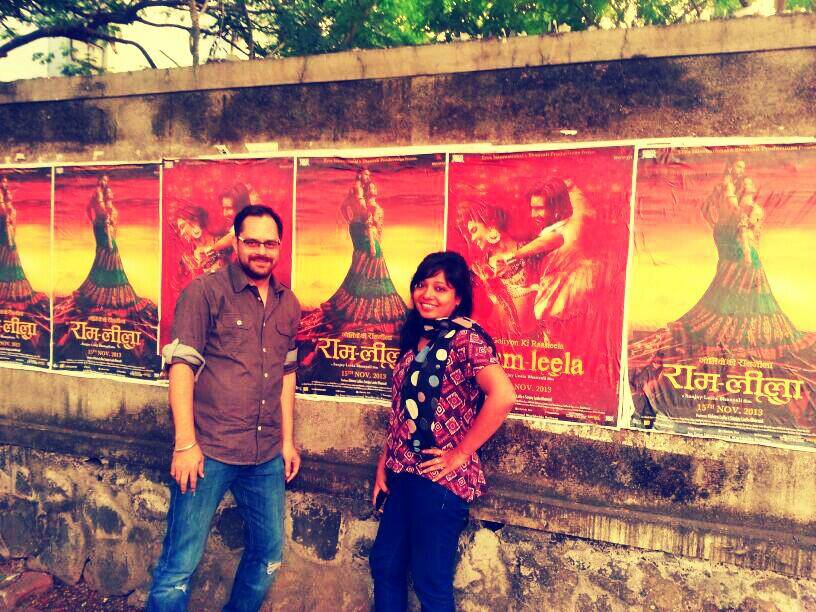
What are you proudest about with Ram-leela?
We are proudest about creating a woman’s character that’s unbridled, uninhibited and very strong. She kisses the boy as much as he kisses her. She trusts him blindly. We think it will create a benchmark. The next time you see a boy wooing a girl on screen (before he kisses her) you’ll get up and leave the theater. Someone questioned – “Leela kisses him first. Then why is she insisting on ‘sindoor’ or marriage?” That reflects the judgmental Indian psyche. We think a girl who kisses first, should be ‘easy’. She shouldn’t have any qualms about giving herself easily. But a marriage is a part of an Indian girl’s upbringing. Hopefully, slowly even women need to understand and comprehend their power. We are proud we could achieve that in the story because that’s the need of the hour.
The response has been outstanding. How does that feel and what is the best compliment you have received so far?
It feels great and we don’t know how to react. It’s our first feature film and the response in single screens has been mind-blowing. You get goose-bumps when there’s a collective chuckle in the theater. Amitabh Bachchan sir has watched Ram-Leela thrice and he tweeted saying, “Singed by Laal Ishq”. He doesn’t know that we have done the lyrics as well but that’s a compliment we’ll cherish for a long time to come.
Goliyon Ki Rasleela: Ram-leela is in theaters now!
With contributions by Pooja Rao, Katherine Matthews, Githa Vanan and Natalie Rout

